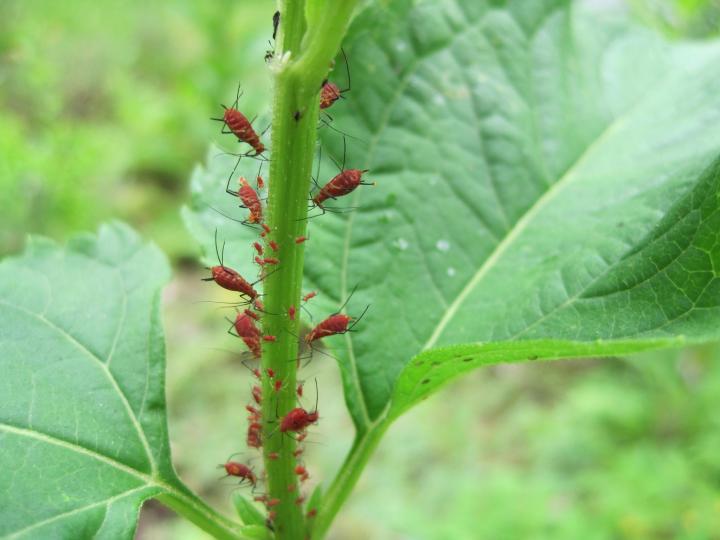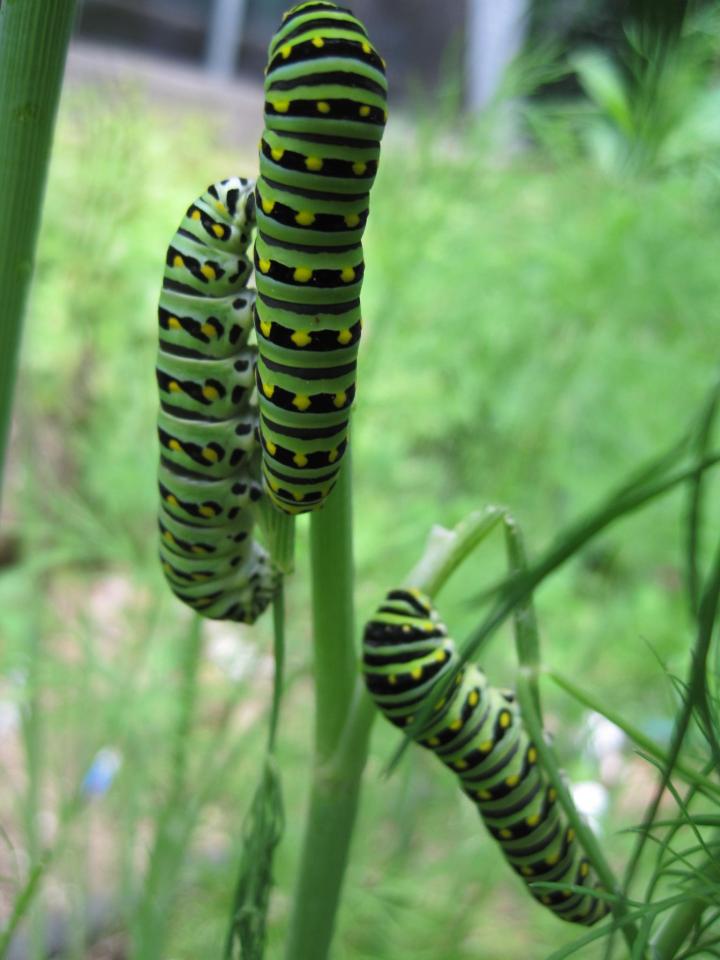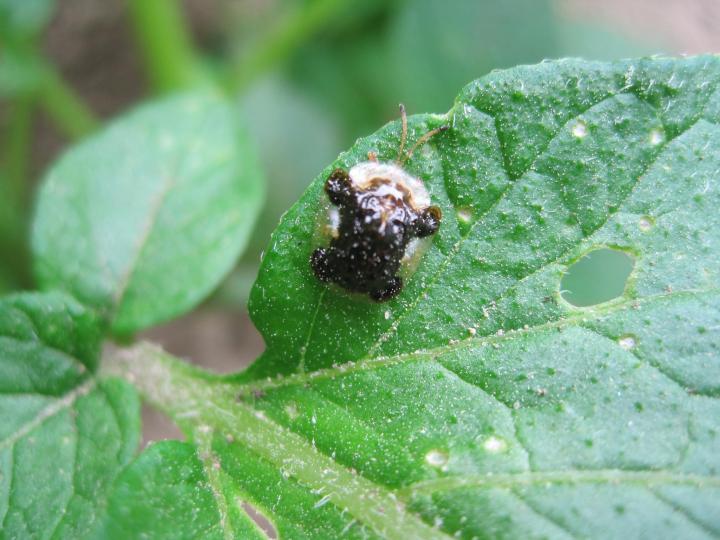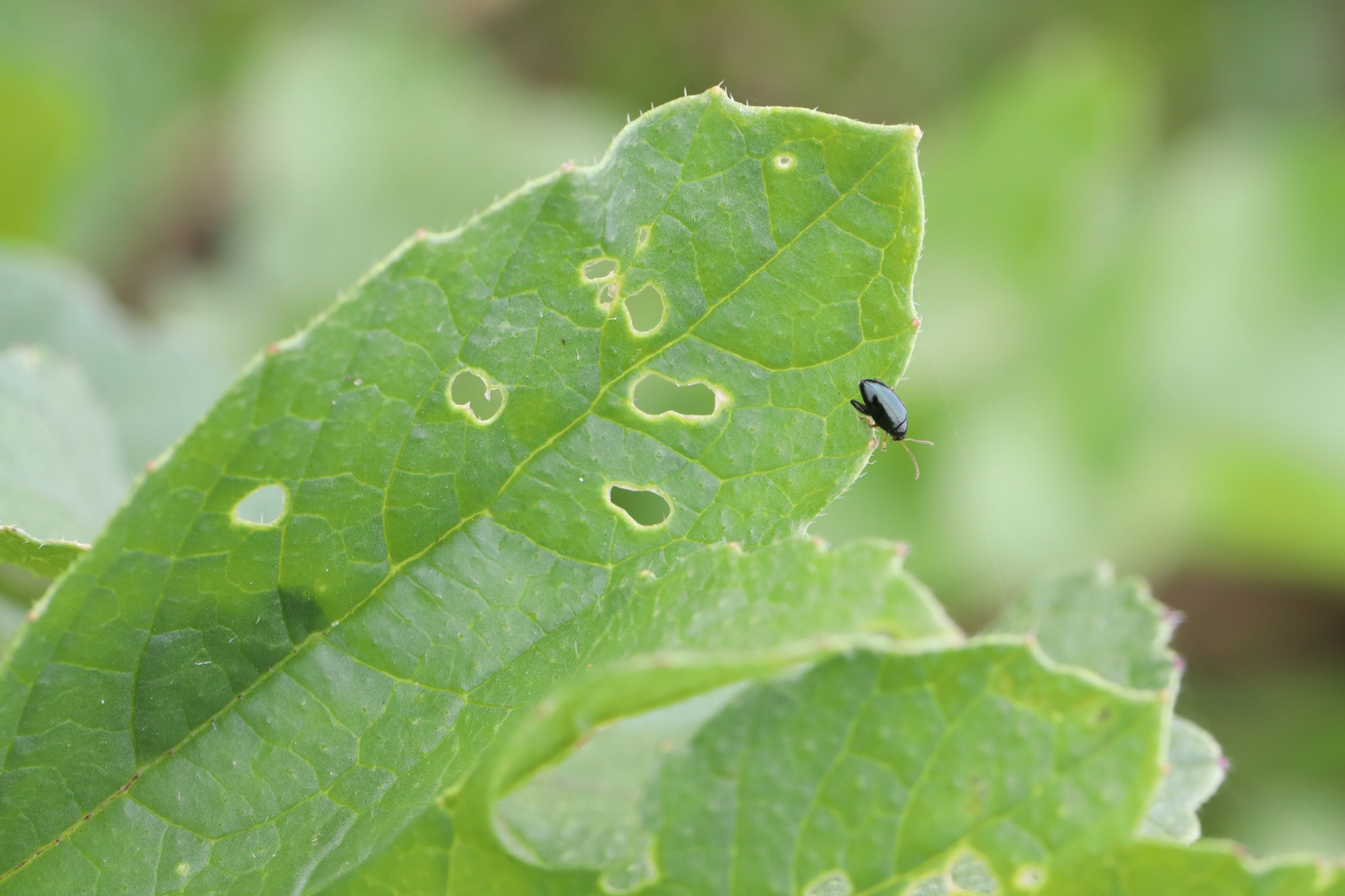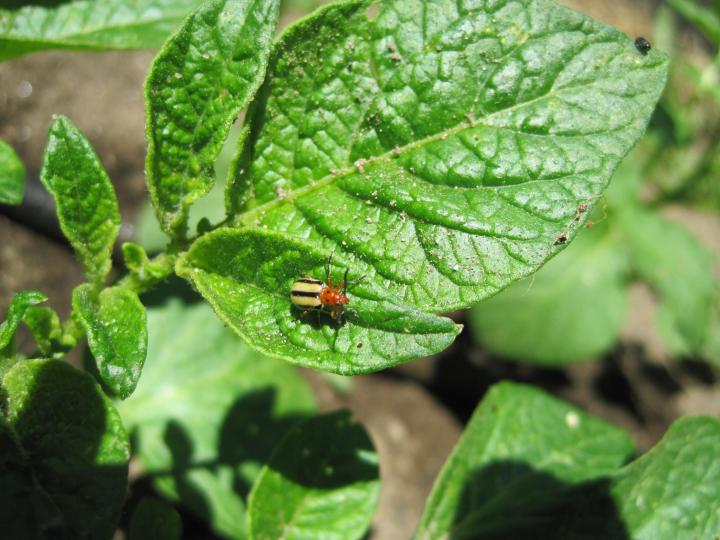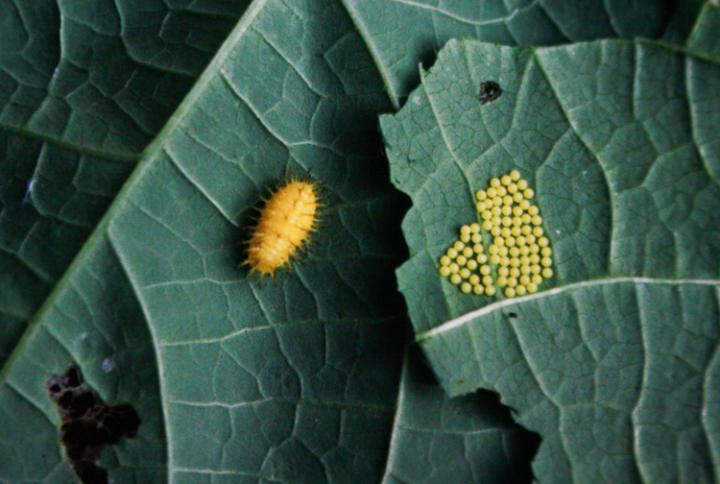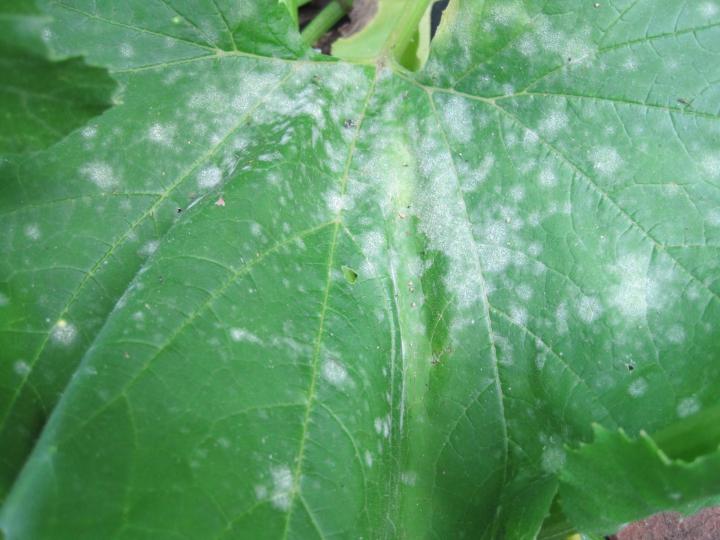
Telltale signs of common garden pests to head off problems
Become a better gardener! Discover our new Almanac Garden Planner features for 2024. It’s easy, fun, and free to try!
ADVERTISEMENT
I cannot tell you how much I appreciate the pictures of bugs, their larvae and diseases to watch for; followed by the information. Reading about it is great but to actually see what you need to watch for is special. Thank you and keep up the good work.
what do i do to get rid of them ?
All well and good you describe what pests on what plants....HOWEVER, I could not find in your article how to get rid of them????
Vigilance is definitely the key. My Englemann's Ivy 2 years ago started to be eaten and its growth was stunted. In the fall it didn't even turn red. Last year I saw small brown worms on the undersides of damaged leaves, but at that point the whole ivy looked eaten. This year I inspected early in the spring and found small black beetles, which I picked off regularly for about 2 weeks. After that I pruned off holey leaves (many with worms underneath). It appears that the ivy has recuperated this season with lots of new growth and comparatively little leaf damage. Definitely worth the labor.
Something is clipping the flowers, about 1/4in from the base, on my vegetables.
It is happening to all my stuff. Last year it was only my tomatoes, but this year it is happening to my potatoes, my cucumbers, my squash (zukes and pumpkins) and of course my tomatoes. The flowers look normal, but then dry up and when you touch them they fall right off the plant like they have been clipped by tiny clippers......any ideas what it might be and how to rid my garden of them? I would really like some fresh veggies this year.
I'm not sure that this is caused by an insect. It sounds to me like the flowers are not being pollinated. High heat can also cause the flowers to dry up and fall off.
I grow roses, flowers and some veg but I don't spray anything—ever. I have a pretty good balance of predatory insects and pests most summers, but sometimes in hot weather I get infestations of green leaf hoppers. These are the one insect pest that I can't seem to beat when they appear. What attracts them, what deters them, what eats them? Any advice greatly appreciated!
Leafhoppers can be a big nuisance since they not only eat your plants but can also transmit a virus that deforms the leaves and stunts growth. Adults overwinter in garden trash so a thorough cleanup in the fall will help.They love plants like asters, potatoes, grapes, and beets. Petunias and geraniums are supposed to repel them. Dragonflies and some parasitic wasps will eat them and lacewings will eat their eggs. Leafhoppers are less active in the morning so that is a good time to spray them. Make a spray by covering 6 ounces of marigold leaves and flowers with 4 cups of boiling water. Let it sit 24 hours, strain, and dilute it with another 4 cups of cold water before spraying it on the plants. You can also use an insecticidal soap spray to kill and repel them and diatomaceous earth (DE) is also supposed to deter them.
I have tiny earwigs eating some of the leaves on my flowers, cabbage and mint. How do I kill them please. They destroyed nine cabbage plants so upset.
That is upsetting! Since they are most active at night give them a place to hide during the day Try rolling up newspaper and placing it where they have been feeding. They will move in and you can toss the whole thing bugs and all. They also can be lured into an oil trap. Cut a small hole in the lid of a margarine tub or yogurt container. Add enough oil to drown them and pour in a little soy sauce, fishy smelling oil (like from a sardine can), or bit of bacon grease to lure them in. Bury the container with the lid at soil level so they can easily crawl in. I have never tried this trap but it is supposed tp be very effective. Good luck!






